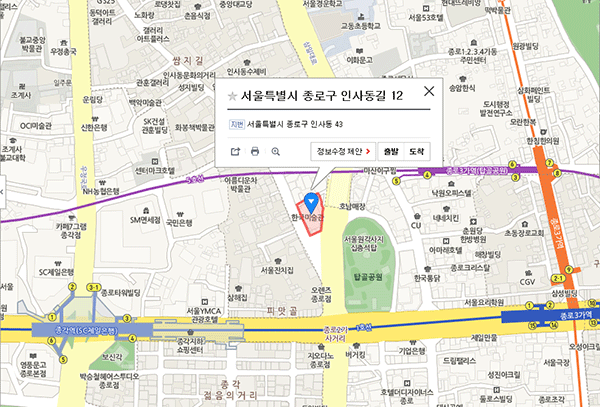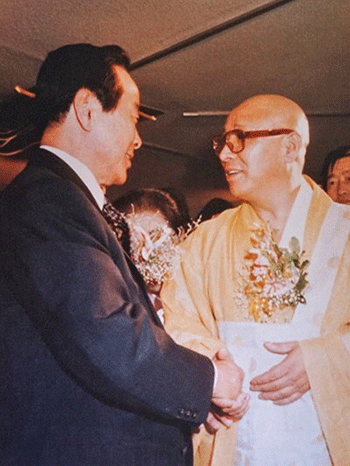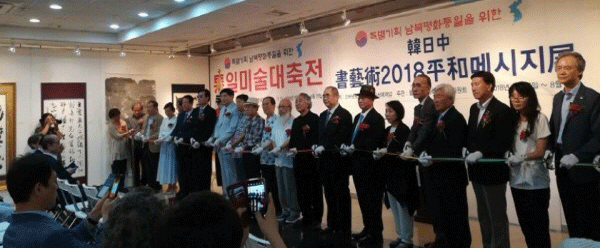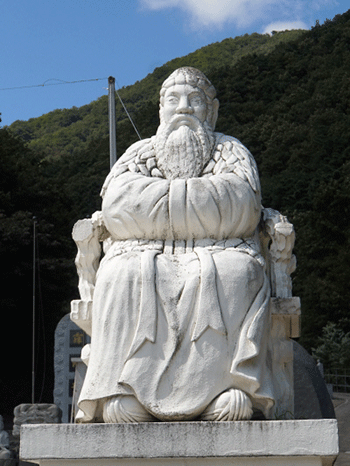Leader of the World Cleansing Mind Welfare Foundation
By Cultural Editor Lee Sam-sun
Chairman Yu Jae-hack of the World Cleansing Mind Welfare Foundation (WCMWF), a noted traditional Korean religious leader and a Chinese-character calligrapher of Korea, is hosting an exhibition at the Insa-dong Art Gallery in Jongno, Seoul in a five-day running on Nov. 29-Dec. 3, 2019.
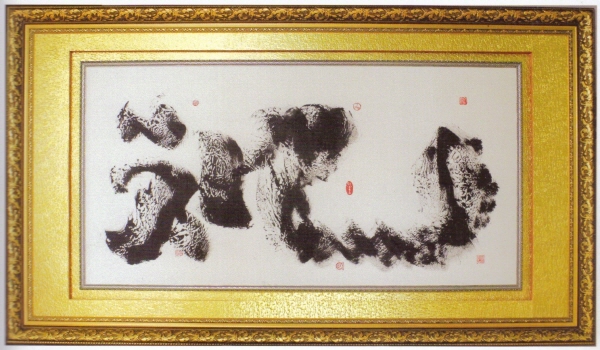
On the final day on Dec. 3, Chairman Yu is hosting a reception for the leading figures of Korea from the cultural, social, political and various other segments of Korean society, including the governors and mayors of major provinces, cities and counties. In particular, Chairman You is also inviting the ambassadors of the interested countries of the world with their spouses, who might take interest in Korean (Oriental) culture, particularly in Hanja (Chinese character) calligraphy.

The food and beverage at the reception are provided by the catering service team of the Seoul Millennium Hilton Hotel. Chairman Yu of the WCMWF is also referred to among his believers as Seong Hwang (성황 in Korean Hangeul and 聖皇 in Chinese characters), literally meaning ‘Sacred Emperor.’ There is one thing which Chairman Yu has been paying great attention to and it is a grand exhibition of his unique brushing writing series of Ye (예 or 禮 in Chinese characters). In Japan, it is called Rei.
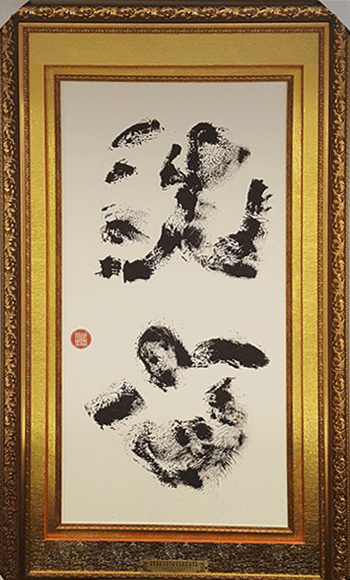
So, all the works on display at the exhibition are on the theme of Ye. Ye translates in English ‘Good manners’ and/or ‘Etiquette’ but in fact Ye covers a much wider range of meaning and connotations. Perhaps against this backdrop, Chairman Yu has started working on his Ye series of brush writing. Chairman Yu’s works are highly appreciated by many noted personalities of the Republic of Korea, including former President Kim Young-sam, Prime Minister Lee Soo-sung, other prime ministers, ministers and leaders of various segments of Korean society.
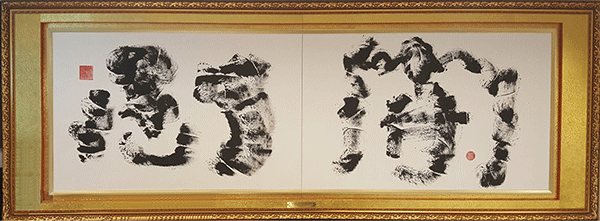
On the work and activities of Chairman Yu, former Prime Minister Lee once remarked, “What the artists of the world should pursue is the spiritual world of the souls and peace.” Then he said “I wish that Korea will be a country free from wars and the three countries, namely Korea, China and Japan, will live in peace like blood-sharing brothers.” Chairman Yu has a large religious estate at Hwansan-ro, Gunbong-myeon, Okcheon-gun. Chungcheongbuk-do Province, where are prominently displayed three large stone images of Buddhist leaders and that of Dangun Wanggeom (Progenitor of the Korean Nation), which the Western World classifies as the legendary founder of Gojoseon (Ancient Joseon [Korea]).
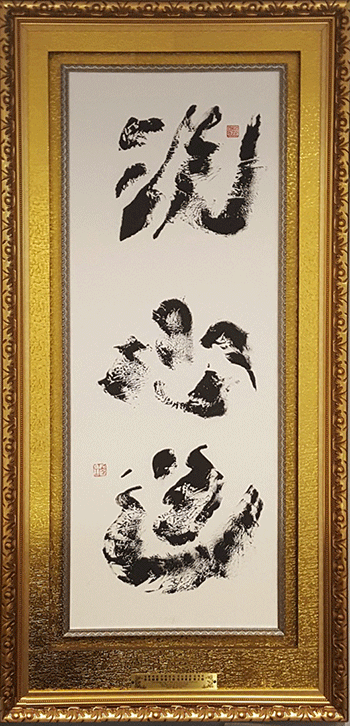
Dangun is known in Korea as the ‘Grandson of the Heaven’ who is believed to have founded the first Korean kingdom in 2333 BC. The earliest recorded version of the Dangun legend appears in the 13th-century Samguk Yusa, which cites China's Book of Wei and Korea's lost historical record Gogi (or Ancient Historical Chronicles). On Sept. 15, 2018, Chairman Yu hosted a National Unification Grand Art Exhibition at Hanguk Misul Gwan (Korea Art Gallery) where the works of Korea, China and Japan were put on display on the theme ‘Supplication for Peace and Unification of the Korean Peninsula.
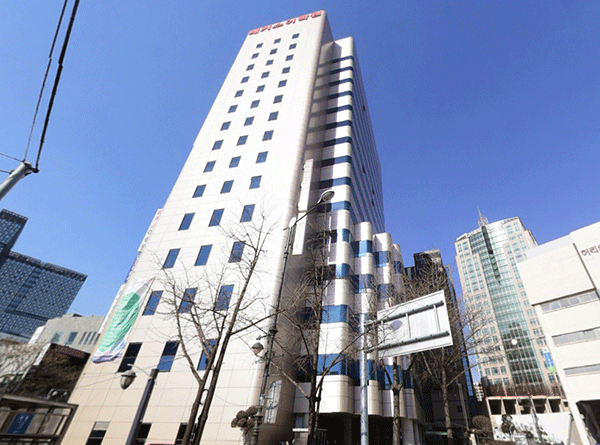
Chairman Yu is known to have had close association with notable Korean poet, Midang Seo Jeong-ju. Asked to introduce his relations with Poet Seo, Chairman Yu said: “Poet Seo and I practiced asceticism together in 1950 and we exchanged many ideas on poetry on many different occasions. When I wrote a poem, he offered me his evaluation of my work. Poet Seo also presented me with some of important poems.
